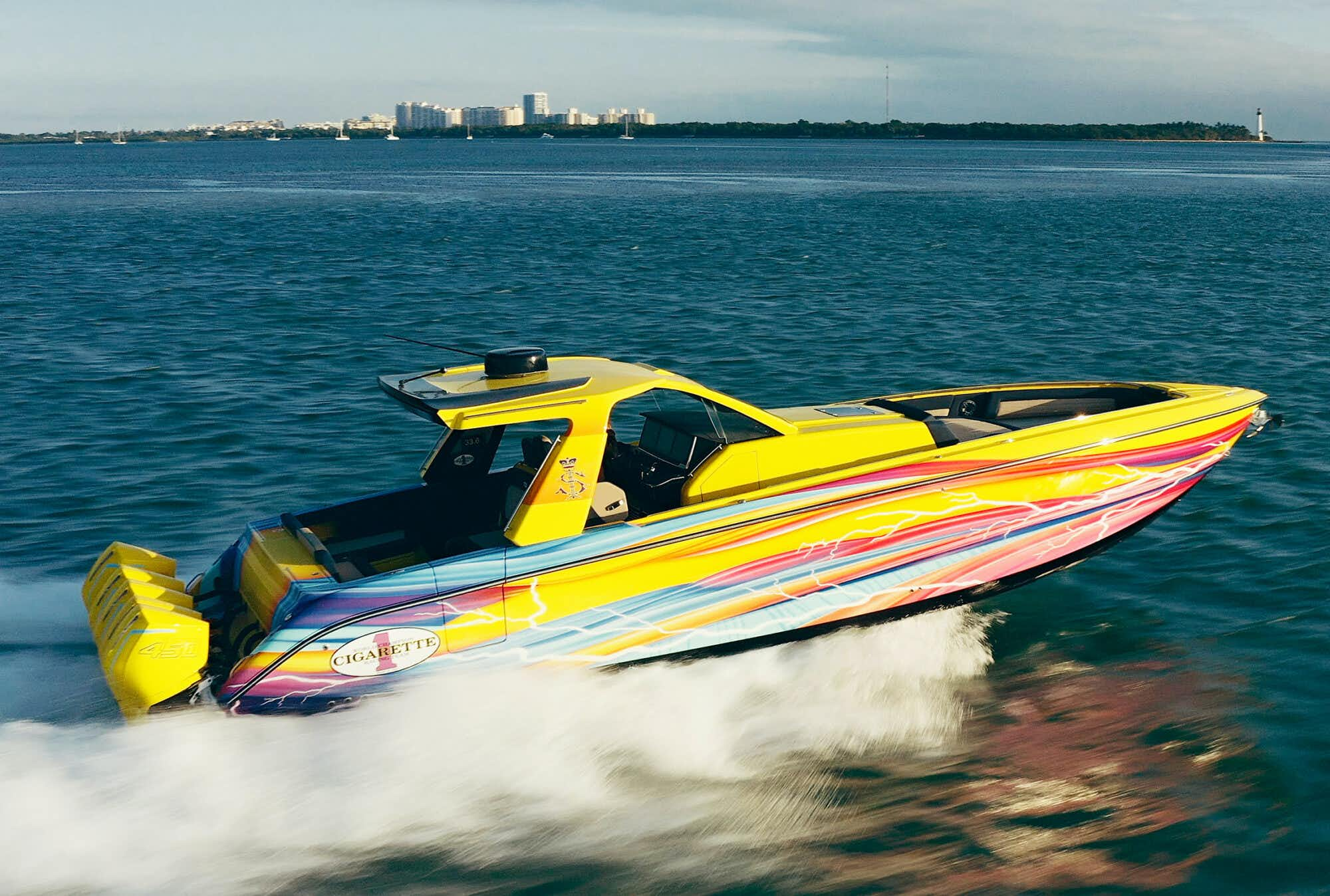
Beyond the Blueprint: Unveiling Hidden Secrets in Boat Building Plans
Building a boat is a monumental task, a testament to human ingenuity and craftsmanship. While countless boat plans exist, focusing solely on the dimensions and materials often overlooks crucial aspects. This review delves into the often-missed nuances of selecting and interpreting boat plans, offering fresh perspectives for hobbyists, professionals, and educational institutions alike.
Q&A: Navigating the Uncharted Waters of Boat Plan Selection
Beyond the "Pretty Picture": How do I assess the plan's suitability for *my* skillset and resources?
Most plans simply present a finished product. But what about the journey? A detailed plan should provide a realistic assessment of complexity. Look for plans that offer:
- Skill level grading: Don't tackle a "Master Class" build if you're a beginner.
- Tooling requirements: Identify any specialized equipment you'll need and whether you can rent or borrow it.
- Time commitment estimations: Realistic timelines prevent costly delays and frustrations.
- Material lists with sourcing suggestions: Knowing where to get specific materials â€" especially those rare hardwoods â€" saves time and potentially money.
Real-world example: A friend attempted a complex clinker-built kayak plan without adequate woodworking experience, resulting in a costly rebuild. A simpler stitch-and-glue plan would have been a more appropriate starting point.
Beyond the Hull: How can I ensure the plan accounts for local environmental conditions?
Generic plans often ignore regional peculiarities. Your boat's performance depends heavily on the waters it will navigate. Consider:
- Water salinity: Saltwater corrodes faster; choose materials accordingly (e.g., stainless steel fasteners).
- Water currents and typical weather patterns: A plan suitable for calm lakes might be disastrous on a rocky coastline.
- Local regulations: Check for restrictions on boat size, materials, and registration requirements.
Innovative solution: Collaborate with local boatyards or experienced builders to adapt existing plans. Their insight into regional challenges is invaluable.
Beyond the Static: Embracing Dynamic Design Considerations
The Unspoken Variable: How can I integrate sustainable and innovative materials into my build?
Traditional boat building relies heavily on hardwoods, which are increasingly scarce and expensive. Explore alternatives such as:
- Recycled plastics: These offer durability and buoyancy.
- Bamboo: A fast-growing, strong, and lightweight material gaining popularity.
- Composite materials: Fibreglass and epoxy offer strength and flexibility but demand careful handling.
Research and development: Universities and research institutions are constantly developing new boat building materials and techniques. Staying updated is key to innovation.
The Human Element: How can I effectively manage the build process for a successful outcome?
Building a boat is not just about following instructions; it's a project management exercise. Employ these strategies:
- Detailed build log: Document every step, including challenges encountered and solutions found. This creates a valuable reference for future projects.
- Community engagement: Join online forums or local boat-building clubs for peer support and knowledge sharing.
- Phased approach: Break the project into smaller, manageable tasks to avoid burnout and maintain momentum.
Pro Tip: Create a detailed budget that accounts for unexpected costs. Building a boat is rarely cheap!
By moving beyond the superficial and incorporating these less-discussed factors, you’ll not only build a stronger and sturdier vessel, but also a richer, more rewarding building experience. Happy building!








No comments:
Post a Comment
Note: Only a member of this blog may post a comment.